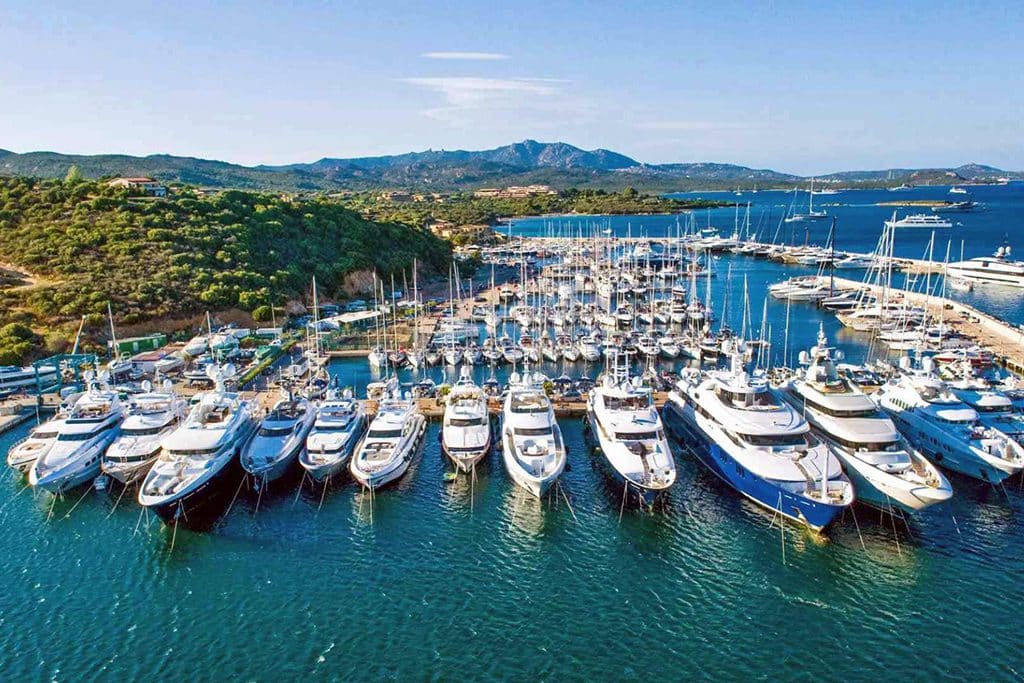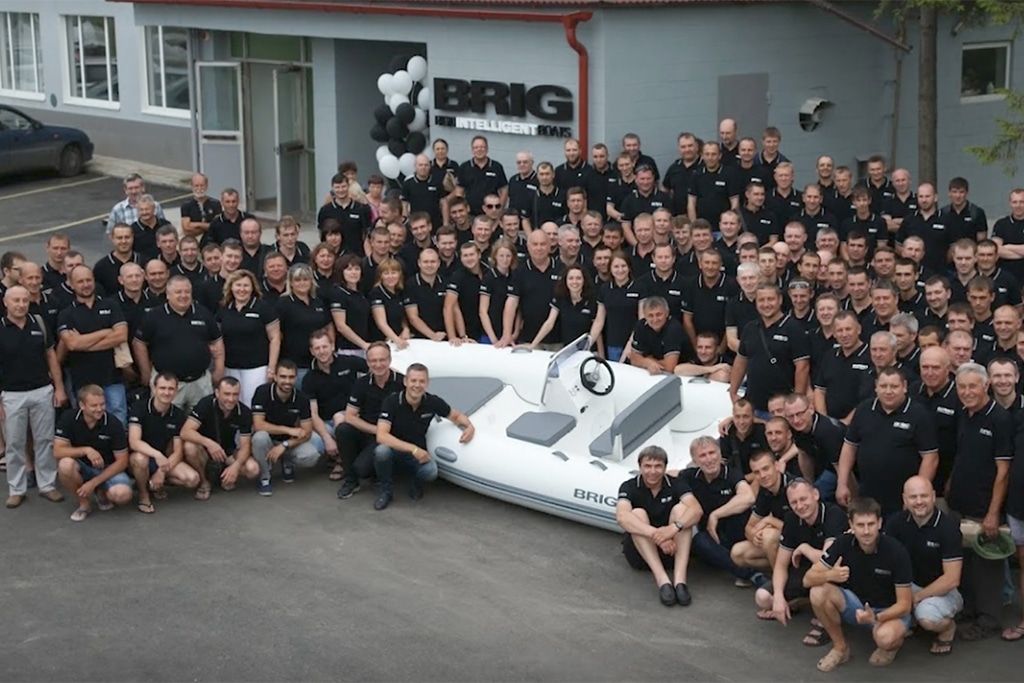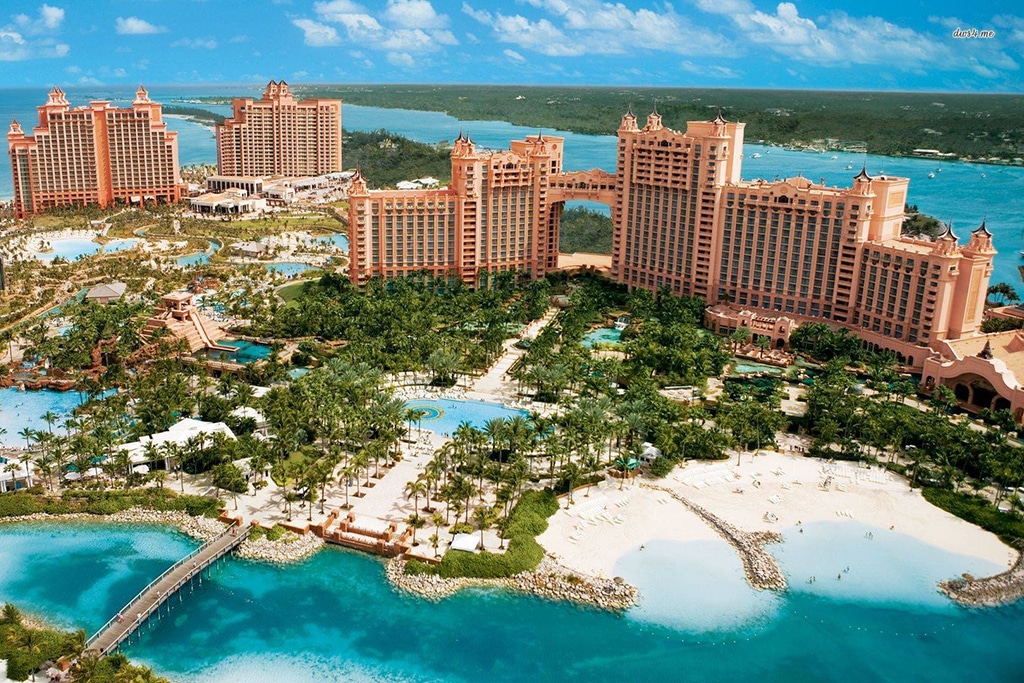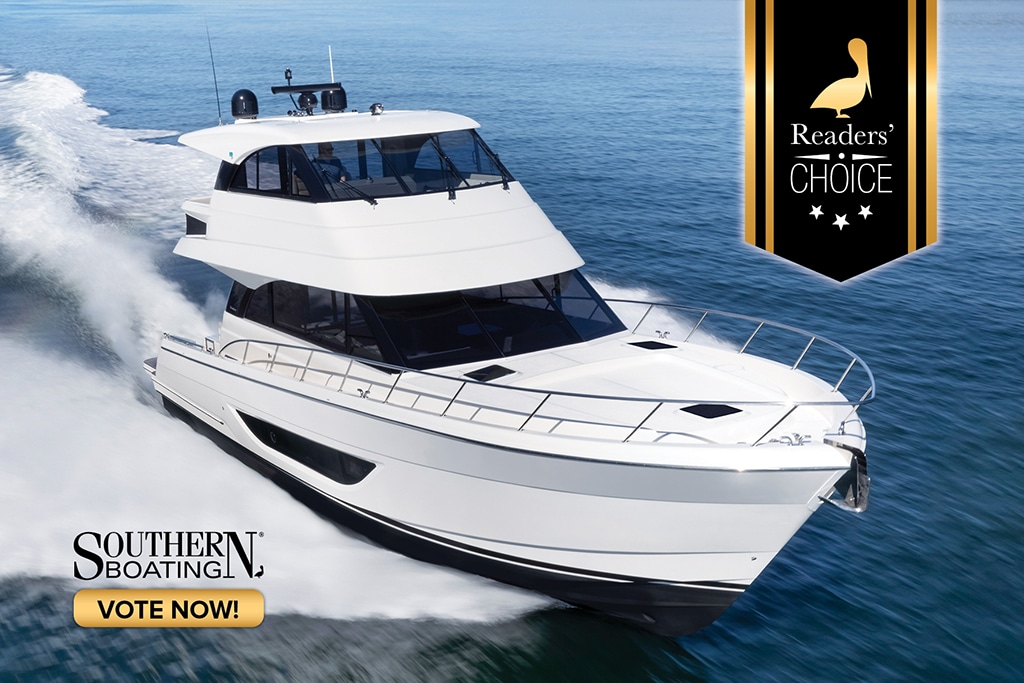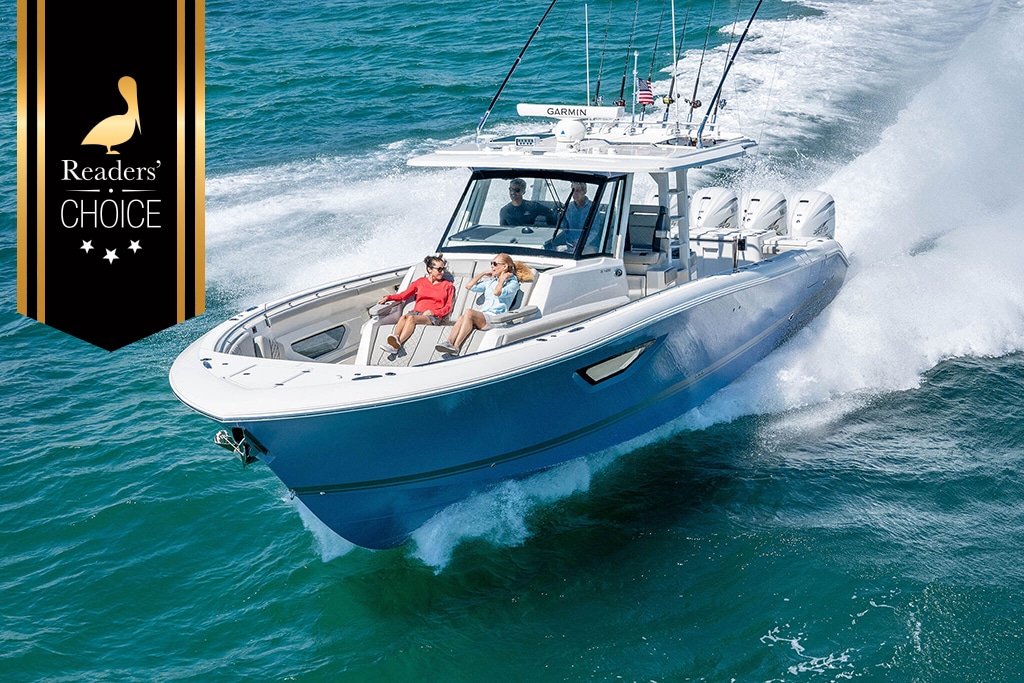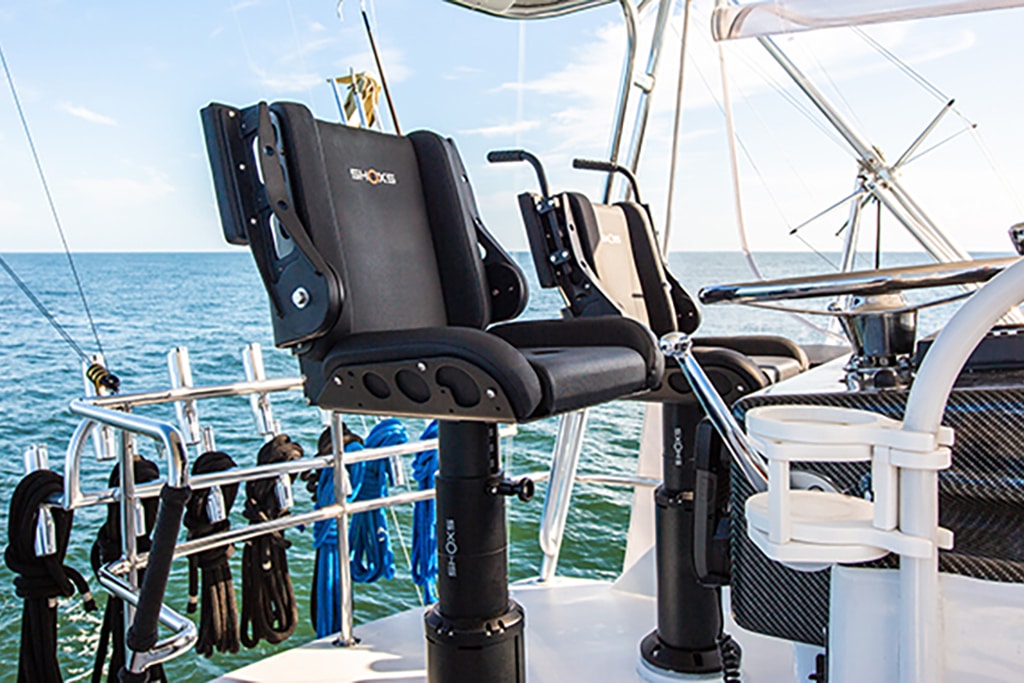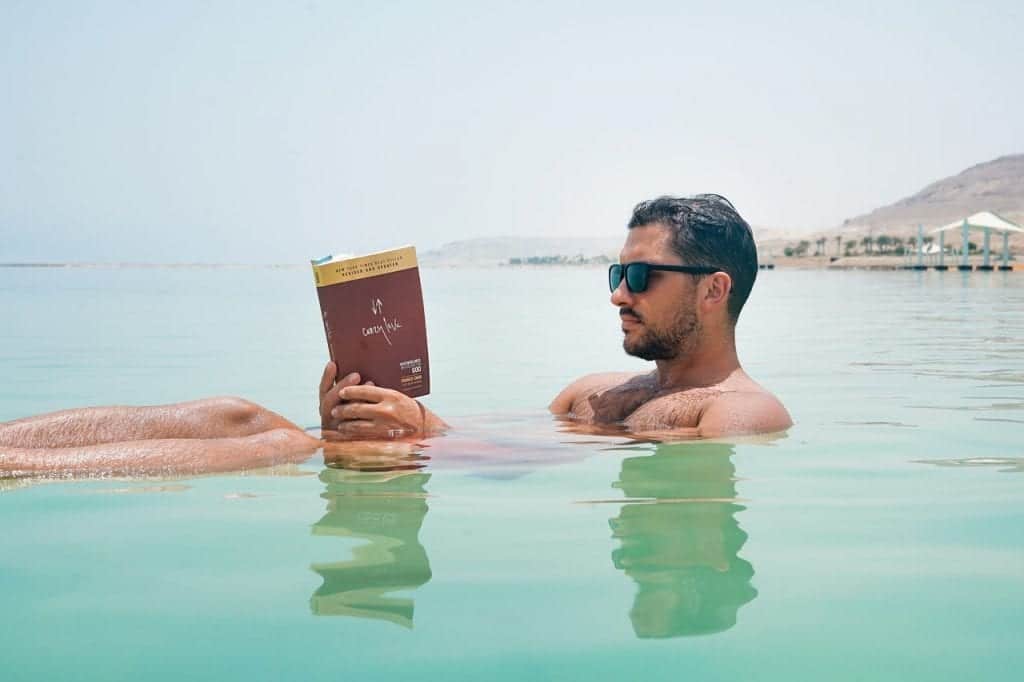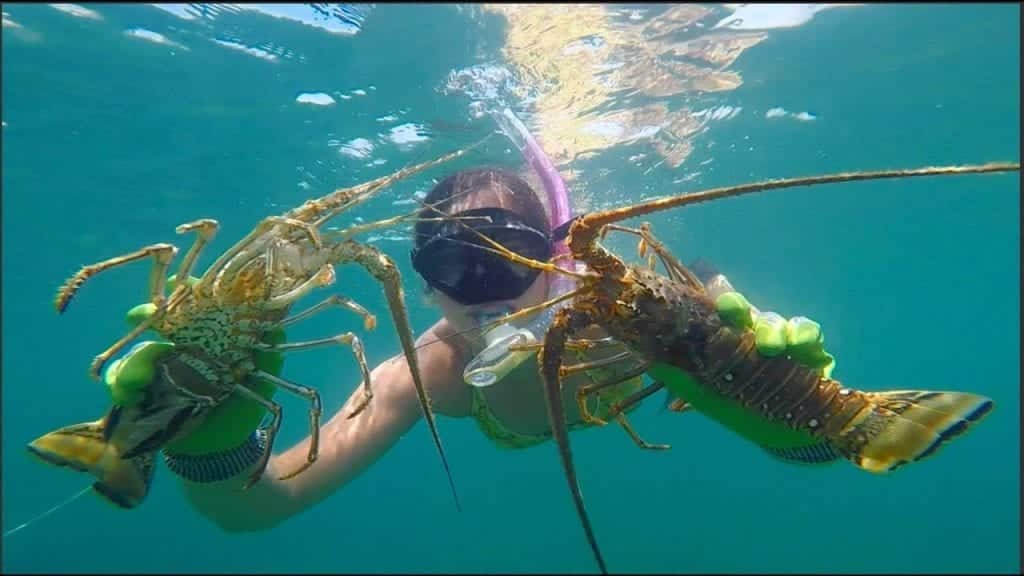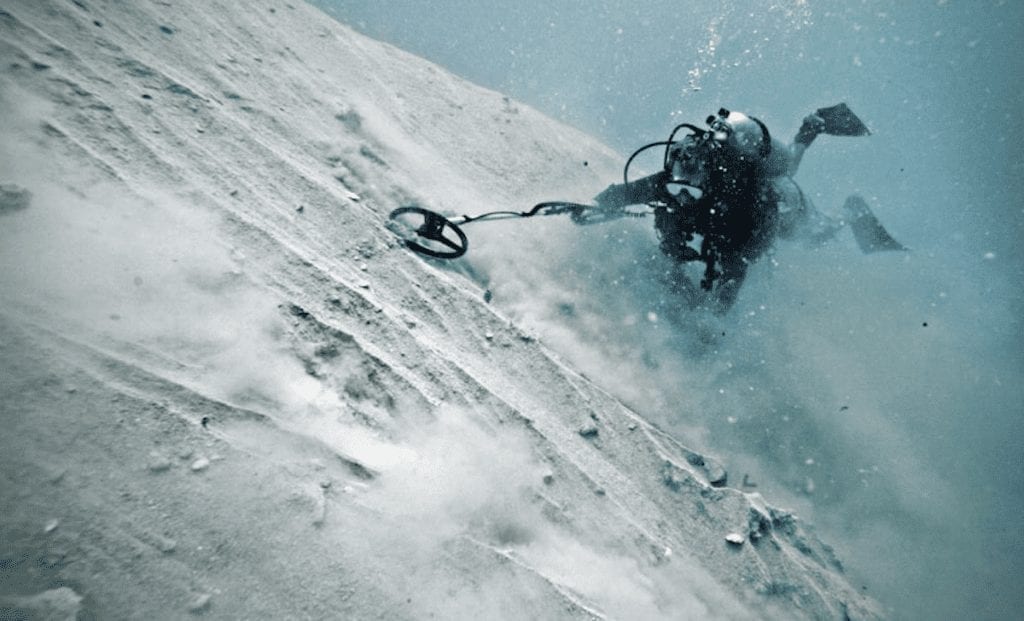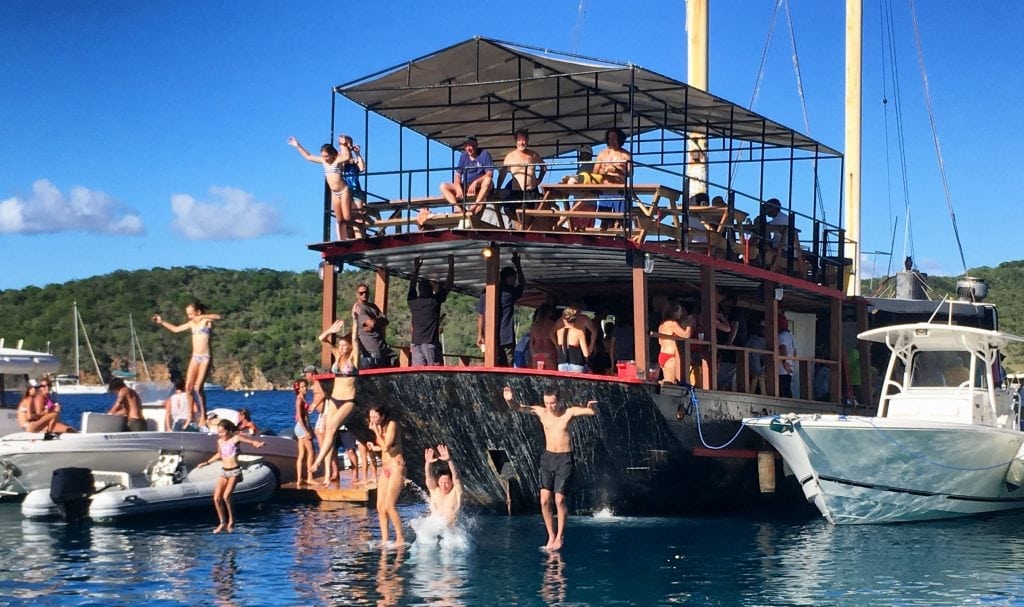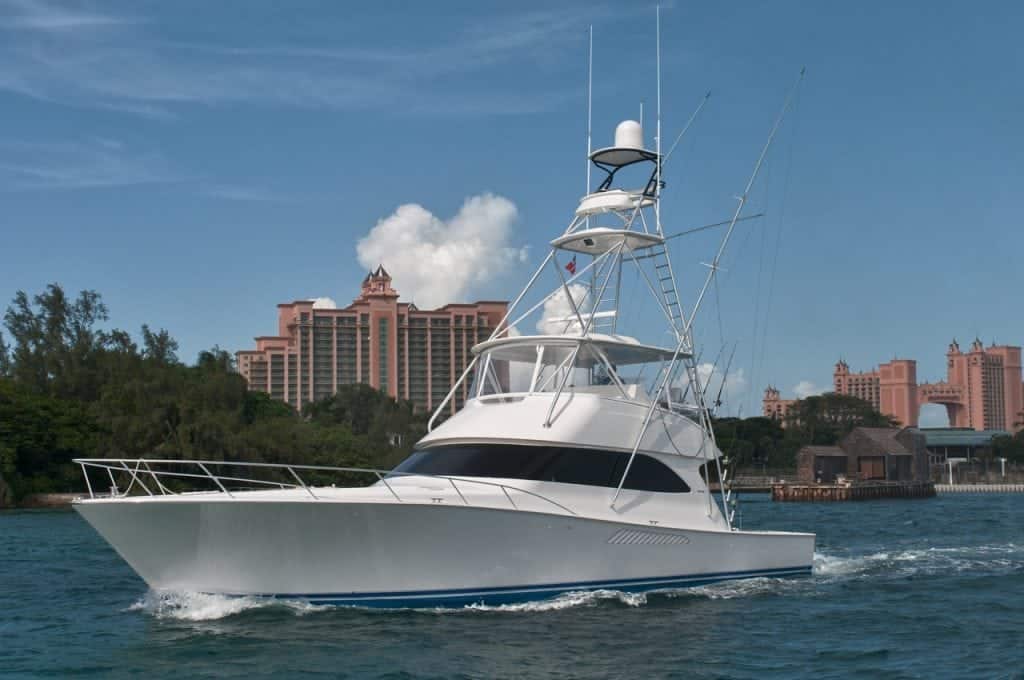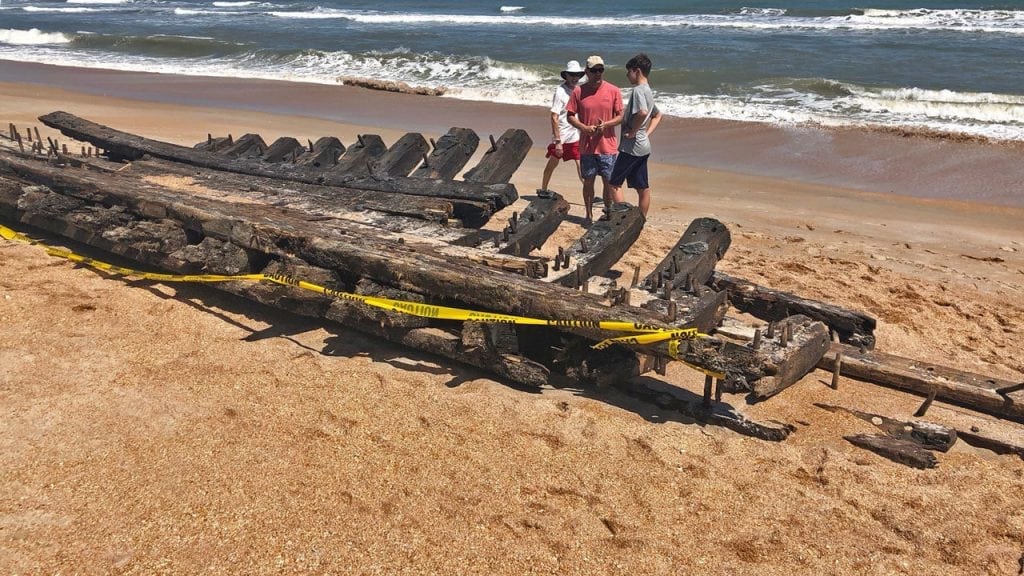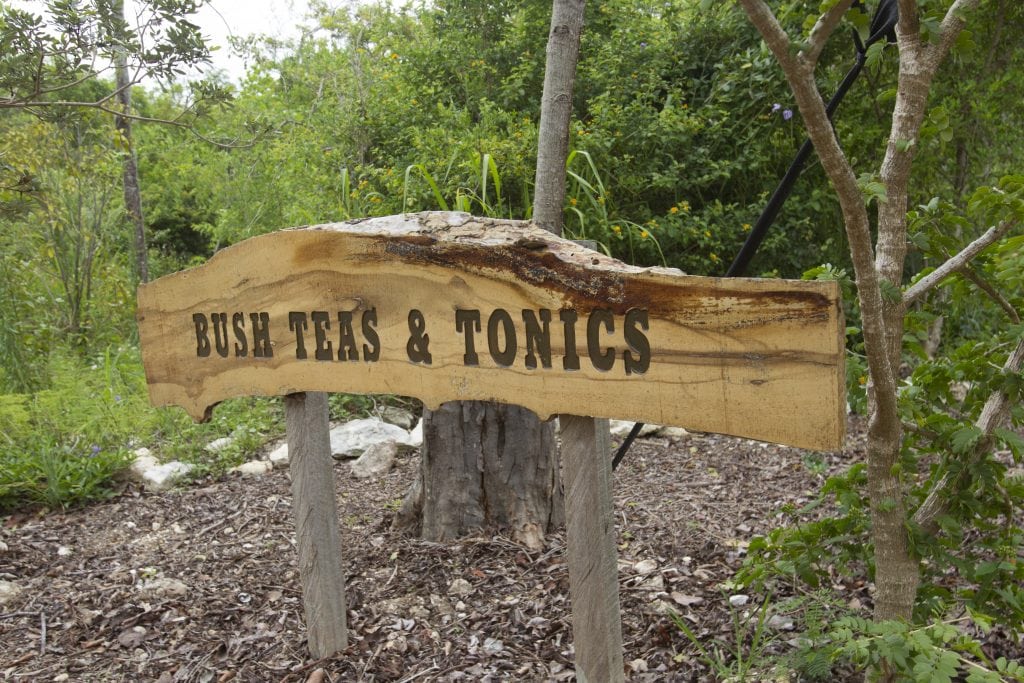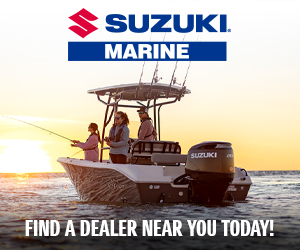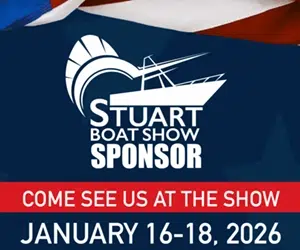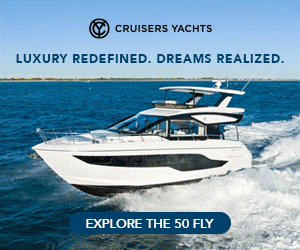News
Southern Boating has been a source for the latest happenings and scuttlebutt in the boating and yachting industry since 1973. Find marine industry information, upcoming festivals, boat show updates, and the most recent boating news. The latest and greatest in the marine industry can be found on Southern Boating.
MarineMax To Acquire IGY Marinas
MarineMax To Acquire IGY MarinasExpanding Global Marina and Services BusinessMarineMax, Inc. (NYSE: HZO), the world’s largest recreational boat and yacht...
Read moreDetails2022 Readers Choice Awards
You cast your votes, and the results are in for Southern Boating’s 2022 Readers’ Choice Awards. Every vote was counted,...
Read moreDetailsBRIG Family Foundation
One of our Southern Boating partners, BoatTEST met with Boyd Tomkies, the president of BRIG USA. BRIG is based in...
Read moreDetailsWhat’s New In The Bahamas In February
WHAT’S NEW IN THE BAHAMAS IN FEBRUARY NASSAU, Bahamas, 01 February 2022 — Travellers can exchange their winter blues for...
Read moreDetailsVOTE NOW: Southern Boating Readers’ Choice Awards
What’s your favorite express cruiser? Where is your favorite cruising destination? Who makes the best fishing reel? What’s your must-have...
Read moreDetailsSouthern Boating Readers Choice Awards
You cast your votes, and the results are in for Southern Boating’s 2021 Readers’ Choice Awards. Every vote was counted,...
Read moreDetailsAllsalt Maritime Expands in United States and Singapore
Allsalt Maritime Expands in United States and Singapore Allsalt Maritime Corporation, a leading provider of marine shock mitigation technology, recently...
Read moreDetailsCentury Boats Acquires Luxury Brand Vanquish Boats
Century Boats Acquires Luxury Brand Vanquish Boats The 95-year-old company expands its model lines, distribution, and service network with a...
Read moreDetailsWhat We’re Reading
What We're Reading Remember when you were a kid and summer reading was the biggest drag in the world? The...
Read moreDetailsLobster Mini Season
Lobster Mini Season It's almost here! Avid lobster hunters say the lobster mini season is the best unofficial holiday of...
Read moreDetailsTales of Treasure Ships (and a Giant Emerald)
Tales of Treasure Ships Sunken treasure ships will never stop intriguing us. There's something so alluring about the idea of...
Read moreDetailsWilly T finds a new home
The famous (infamous?) floating bar has a new home after sustaining damage following Hurricane Irma last year. The Willy T...
Read moreDetailsClearing Customs? Use the new ROAM app
The new ROAM app makes clearing customs a little easier and is now available in the Virgin Islands. The U.S.,...
Read moreDetailsShipwreck washes up in Ponte Vedra Beach
JTNDaWZyYW1lJTIwc3JjJTNEJTIyaHR0cHMlM0ElMkYlMkZjZG5hcGlzZWMua2FsdHVyYS5jb20lMkZwJTJGMjAyODMzMSUyRnNwJTJGMjAyODMzMTAwJTJGZW1iZWRJZnJhbWVKcyUyRnVpY29uZl9pZCUyRjM2MTk5MjMxJTJGcGFydG5lcl9pZCUyRjIwMjgzMzElM0ZpZnJhbWVlbWJlZCUzRHRydWUlMjZwbGF5ZXJJZCUzRG1lZGlhLXByZXZpZXdfMF8wX2xoaXE2YXk1JTI2ZW50cnlfaWQlM0QwX2xoaXE2YXk1JTI2Zmxhc2h2YXJzJTVCc3RyZWFtZXJUeXBlJTVEJTNEYXV0byUyMiUyMHdpZHRoJTNEJTIyNjQwJTIyJTIwaGVpZ2h0JTNEJTIyMzk1JTIyJTIwYWxsb3dmdWxsc2NyZWVuJTIwd2Via2l0YWxsb3dmdWxsc2NyZWVuJTIwbW96QWxsb3dGdWxsU2NyZWVuJTIwZnJhbWVib3JkZXIlM0QlMjIwJTIyJTNFJTNDJTJGaWZyYW1lJTNF PONTE VEDRA BEACH, Fla. - An amazing piece of history washed ashore a Florida beach Wednesday. The hull from...
Read moreDetailsLeon Levy Native Plant Preserve
The Bahamas are famous for their crystal-clear waters, but our Bahamas Update writer finds there’s just as much to appreciate...
Read moreDetails

